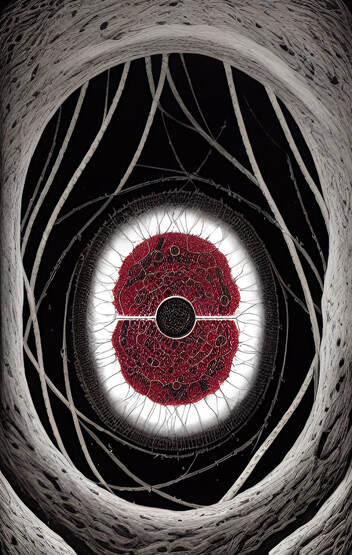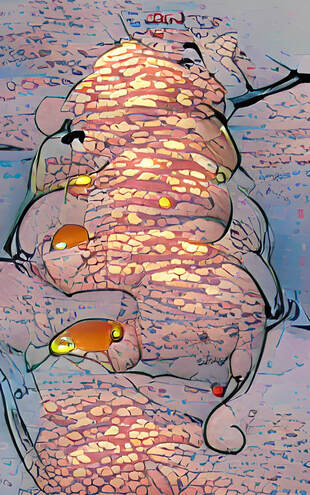Research Highlights
Nature (2023)Lactate regulates cell cycle by remodelling the anaphase promoting complex
|
Nature Chemical Biology (2023)Depletion of creatine phosphagen energetics with a covalent creatine kinase inhibitor
|
Cell (2022)Architecture of the outbred brown fat proteome defines regulators of metabolic physiology
|
Cell Metabolism (2021)Cysteine 253 of UCP1 regulates energy expenditure and sex-dependent adipose tissue inflammation
|
Nature Metabolism (2021)UCP1 governs liver extracellular succinate and inflammatory pathogenesis
|
Cell (2020)pH-Gated Succinate Secretion Regulates Muscle Remodeling in Response to Exercise
|
Cell (2020)A Quantitative Tissue-Specific Landscape of Protein Redox Regulation during Aging
|
PNAS (2020)Facultative protein selenation regulates redox sensitivity, adipose tissue thermogenesis, and obesity
|
Nature (2018)Accumulation of succinate controls activation of adipose tissue thermogenesis
|
Cell Metabolism (2017)
A Unifying Mechanism for Mitochondrial Superoxide
Production during Ischemia-Reperfusion Injury
Production during Ischemia-Reperfusion Injury











